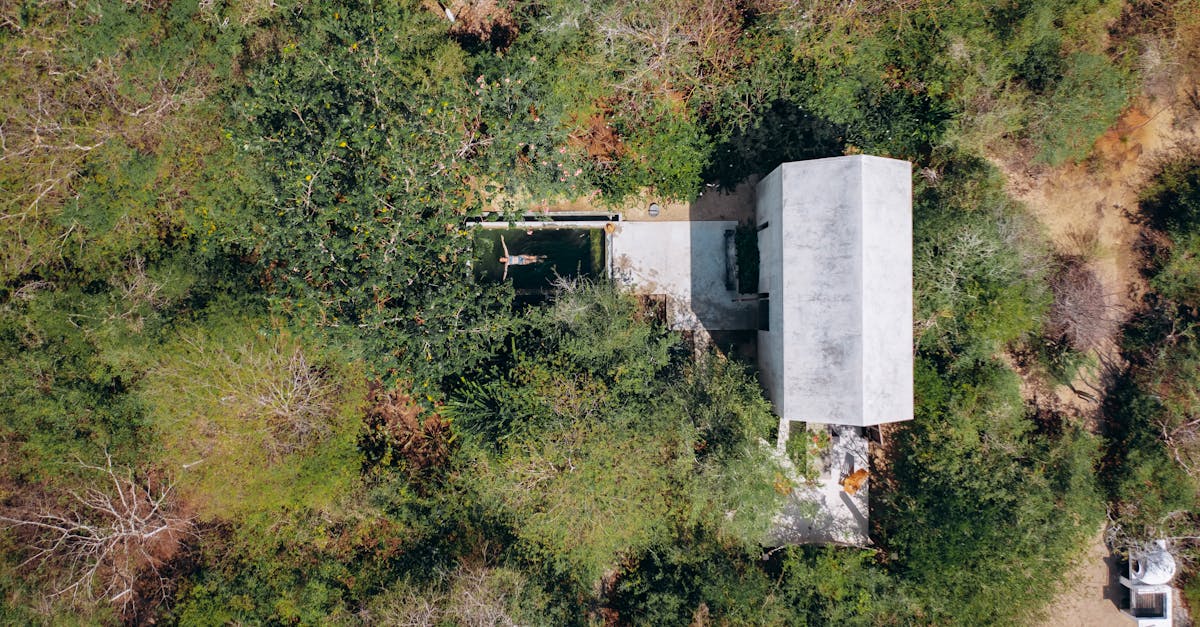Table of Contents
ToggleDrones have taken to the skies like bees to flowers, buzzing around with cameras and tech that seem straight out of a sci-fi movie. But as these flying gadgets become more popular, a burning question emerges: can they zip over private property without a care in the world? It’s a bit like asking if you can borrow your neighbor’s lawnmower without permission—awkward and potentially messy.
Legal Framework For Drones
Drones operate under various legal frameworks that dictate their usage over private property. These laws vary at the federal and state levels.
Federal Regulations
The Federal Aviation Administration (FAA) oversees drone operations in the United States. Regulations require drones to fly below 400 feet in uncontrolled airspace. Pilots must also maintain visual line of sight with their aircraft during operation. Registration is necessary for drones over 0.55 pounds. The FAA permits flying in certain airspaces, such as near airports, only with prior authorization. Understanding these federal rules ensures compliance and promotes safety for both drone operators and the public.
State Laws
State laws can impose additional restrictions on drone flights. Many states address privacy concerns, regulating drone usage in residential areas. Some states require drone operators to obtain permission before flying over private property. In instances of trespass or invasion of privacy, state laws may apply to drone activities. Familiarity with these laws is vital for anyone planning to operate drones over land, as violations can lead to legal consequences. Each state presents unique challenges, so thorough research is essential.
Property Rights
Drones raise important questions regarding property rights and aerial regulations. These laws balance the rights of property owners with the interests of drone operators.
Understanding Aerial Rights
Aerial rights refer to the legal rights to the airspace above a property. Landowners typically own the airspace above their property up to a certain height. However, along with ownership, federal law allows for air traffic, including drones. This means that while landowners have rights, the FAA controls the navigation and operation of aircraft, which includes drones. The interplay between these rights can lead to disputes when drones fly over private property without permission.
Limitations on Property Ownership
Property ownership does not grant absolute control over all aspects above the land. Landowners cannot limit air traffic regulated by the FAA, which includes commercial drone usage. Beyond federal regulations, state laws play a significant role by placing additional restrictions on drone operations, especially regarding privacy. Drone operators must follow these guidelines while respecting property rights to avoid legal repercussions. Compliance with both federal and state regulations ensures that drones operate within legal boundaries and respect landowners’ rights.
Drone Flight Technology
Drones utilize advanced technology for navigation and operation. Their systems incorporate GPS, cameras, and sensors to enhance flight capabilities. GPS technology enables precise positioning, helping drones maintain stable flight paths. Cameras capture real-time images and videos, while sensors detect obstacles, ensuring safe navigation.
How Drones Navigate
Drones navigate through a combination of GPS signals and onboard sensors. GPS provides accurate positioning to guide drones through predetermined routes. In addition, sensors help detect obstacles, allowing for real-time adjustments during flight. Some drones also use visual recognition technology, enhancing their ability to avoid collisions. These navigation systems work together to maintain safety and efficiency in varied environments, from urban areas to open fields.
Flight Altitude Considerations
Flight altitude plays a crucial role in drone operations. The FAA mandates that drones maintain altitudes below 400 feet to avoid collisions with manned aircraft. Understanding the importance of altitude helps ensure safe air traffic management. Some state laws may impose stricter altitude limits, especially near residential areas. Staying within these regulations allows drone operators to respect both safety guidelines and property rights.
Case Studies
Legal disputes over drone flights reveal significant implications for both property owners and drone operators. Understanding these cases can provide clarity on current regulations and shape future practices.
Notable Legal Battles
Several high-profile cases highlight the tensions between drone operators and property owners. In 2016, a Colorado court ruled that flying a drone over someone’s property constitutes an invasion of privacy. Meanwhile, a Texas case involved a homeowner suing a neighbor for using a drone to capture images of his backyard, resulting in fines due to privacy infringement. Courts often weigh the rights of landowners against drone operators’ interests, leading to varied interpretations based on state laws. As such, outcomes may influence ongoing legal standards surrounding drone operations.
Implications for Future Flights
Looking ahead, these legal battles may redefine how drone operators navigate property rights. Drones flying over private property without permission might face increased restrictions as courts establish clearer precedents. Regulatory agencies may respond with updated guidelines, improving transparency for operators. Understanding legal frameworks can help users operate responsibly while respecting property boundaries. As drone technology evolves, legal interpretations will likely continue to shift, impacting operations across various states.
Navigating the complexities of drone flight over private property requires a clear understanding of both federal and state regulations. While the FAA provides a framework for drone operations, property rights remain a significant consideration. The balance between a drone operator’s right to fly and a landowner’s right to privacy is delicate and often contentious.
As legal interpretations evolve, ongoing disputes may reshape how drone usage is approached in various jurisdictions. It’s crucial for drone operators to stay informed about the latest regulations and court rulings to ensure compliance and respect for property rights. Responsible drone use not only fosters goodwill between neighbors but also contributes to a safer aerial environment for everyone involved.




